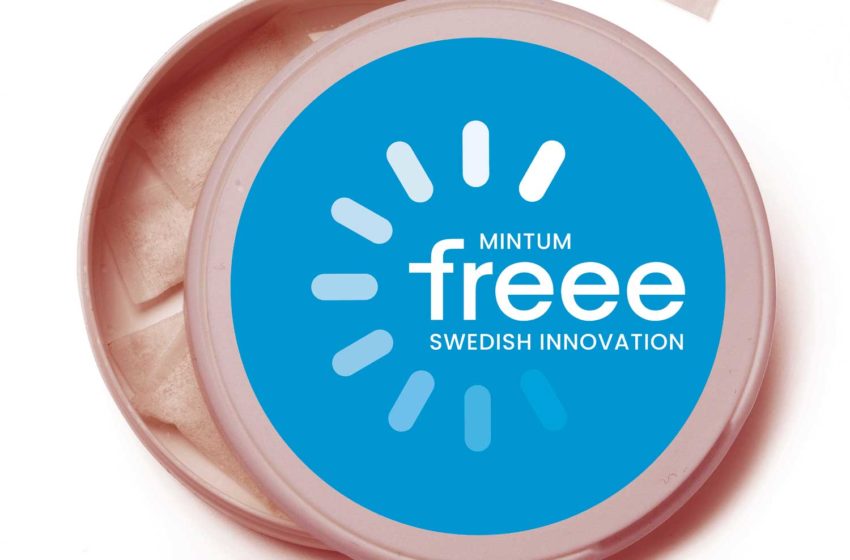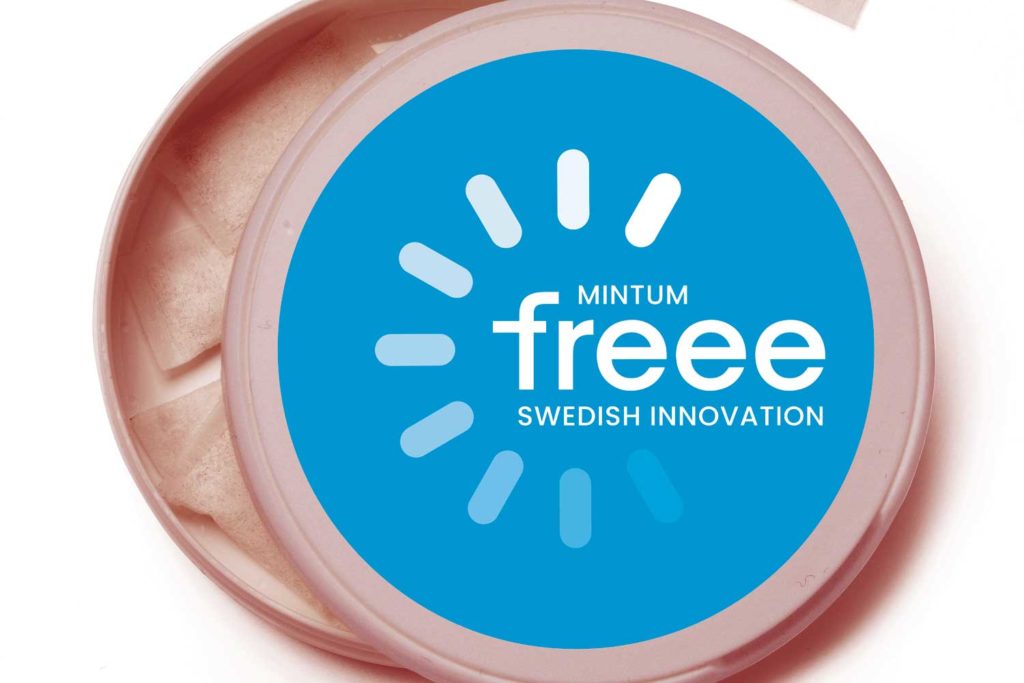Smart Sachets
- Also in TR Print Edition Smokeless
- August 1, 2022
- 0
- 6 minutes read


Amplicon presents the first pouch with controlled nicotine release.
By Stefanie Rossel
All nicotine pouch brands presently on the market use a form of cellulose as a carrier material. Powdered cellulose is drenched in a mixture of pharmaceutical grade nicotine, flavors and a pH alignment to bring the product’s pH to the optimum level for nicotine uptake. Although the blend is moistened with polyglycol or glycerol, the pouches are slightly dry. This leads to the user feeling the nicotine effect and perceiving the taste within a few seconds after placing a pouch behind the lip. For some users, the sudden intense nicotine hit is too much—they react physically; sometimes they even get sick. Cellulose has another downside: During consumption, it may dissolve into a slimy lump in the consumer’s mouth, thereby quickly losing its flavor.
Release of pouch nicotine is controlled mainly by the solubility of the nicotine, which means the size of the pouches also determines the release profile. In nontraditional snus markets, users prefer small pouches. These, however, release nicotine and flavor in a very short time.

A Swedish consumer products company set out to solve these issues. In June, Amplicon presented its Freee nicotine pouches, which it describes as the next generation of oral nicotine. While from the outside the pouches look like those already on the market, they are filled with a powder made of bioceramics. Under the microscope, bioceramic granules look like Swiss cheese, having a porous inner structure. The bioceramics used for the pouches belong to a family of chemically bonded ceramics. The substances can be found in nature. For example, hydroxyapatite, a bioceramic generated in the body by biomineralization, forms the basis of the hard matter of all mammals. For the past 40 years, bioceramics have been used clinically for hard tissue replacement.
Amplicon’s Freee bioceramic platform also contains water, bulk and the active ingredients nicotine and flavor, which bind to that platform. Substance release takes place through diffusion and dissolution. This allows for a more constant, controlled release of nicotine and flavor and better absorption by the human body. The company uses nicotine salt in its pouches. Water-soluble flavors integrate best with the material, but oil-based flavors can be used as well.
The technology allows manufacturers to produce pouches that are small but pack the punch of much larger products, says Amplicon founder Hakan Engqvist, who is also a professor in materials science at Uppsala University. “Our technology enables customized nicotine-delivery and a much-improved nicotine and flavor experience, and it allows for pH stability over time. It also maintains the consistency of the pouch better. Feedback from consumer tests has been positive.”
Current pouch products, he explains, also have an issue with shelf life because their pH levels are less stable than they are in bioceramics.

Intelligence Inside
The new pouch technology stems from pharmaceutical research. “We have been and are still working on an opioid-based pain relief formulation,” says Engqvist. “Through different routes, we started to work with solid vape to load nicotine into the ceramics and thereby reduce the use of e-liquid and instead just have a tablet. Controlled release of nicotine from pouches then became the next development, quite natural in a snus country such as Sweden.”
Engqvist has lots of experience with bioceramics. Amplicon’s parent company, Emplicure, which he also co-founded, combines biomaterials with existing pharmaceutical substances to deliver drugs precisely and safely. Its controlled-release technology targets unmet medical needs, especially in opioid-based pain relief where its formulations offer not only improved therapy with less discomfort but also reduce the risk of opioid abuse, according to the company.
Its patented bioceramic platforms are based on tunable nanostructures that enable the distribution of active substances in bioceramic materials. The active substance is then released to achieve the desired effect by controlled diffusion. The release and dosage of the active substances can be tuned by adjusting the size of the pores, the choice of biomaterial and the excipients.
Amplicon was established to leverage Emplicure’s technology in the nicotine market. In June, the company filed for a trademark registration for Freee nicotine pouches at the European Intellectual Property Office. The company presently manufactures the pouches in-house at pilot scale but says it is able to scale up production from laboratory volumes to commercial volumes. Control over the making of the ceramic powder will stay with Amplicon, which has received a lot of interest in its technology from both established distributors and pouch manufacturers, says Tomas Hammargren, chairman of Amplicon.
The product is scheduled to hit the market by mid-2023. Initial target markets will include both new, “non-pouch” geographies, such as Europe, Japan and Korea, and existing pouch markets, according to Hammargren. “To reach all important markets, such as Southern Europe or Asia, a pouch product needs to be as small as possible but has to provide a good nicotine and flavor hit, which is difficult to achieve with cellulose,” he says. “It’s hard to imagine an Italian woman putting a big pouch under her lip. The same is true for Asia. Our product is more urban, metropolitan and attractive to female and new users, hence we are confident that it will also be successful in existing oral nicotine markets. It will be the perfect complement for vapers and users of heated-tobacco products in places where smoking and vaping is banned.”

